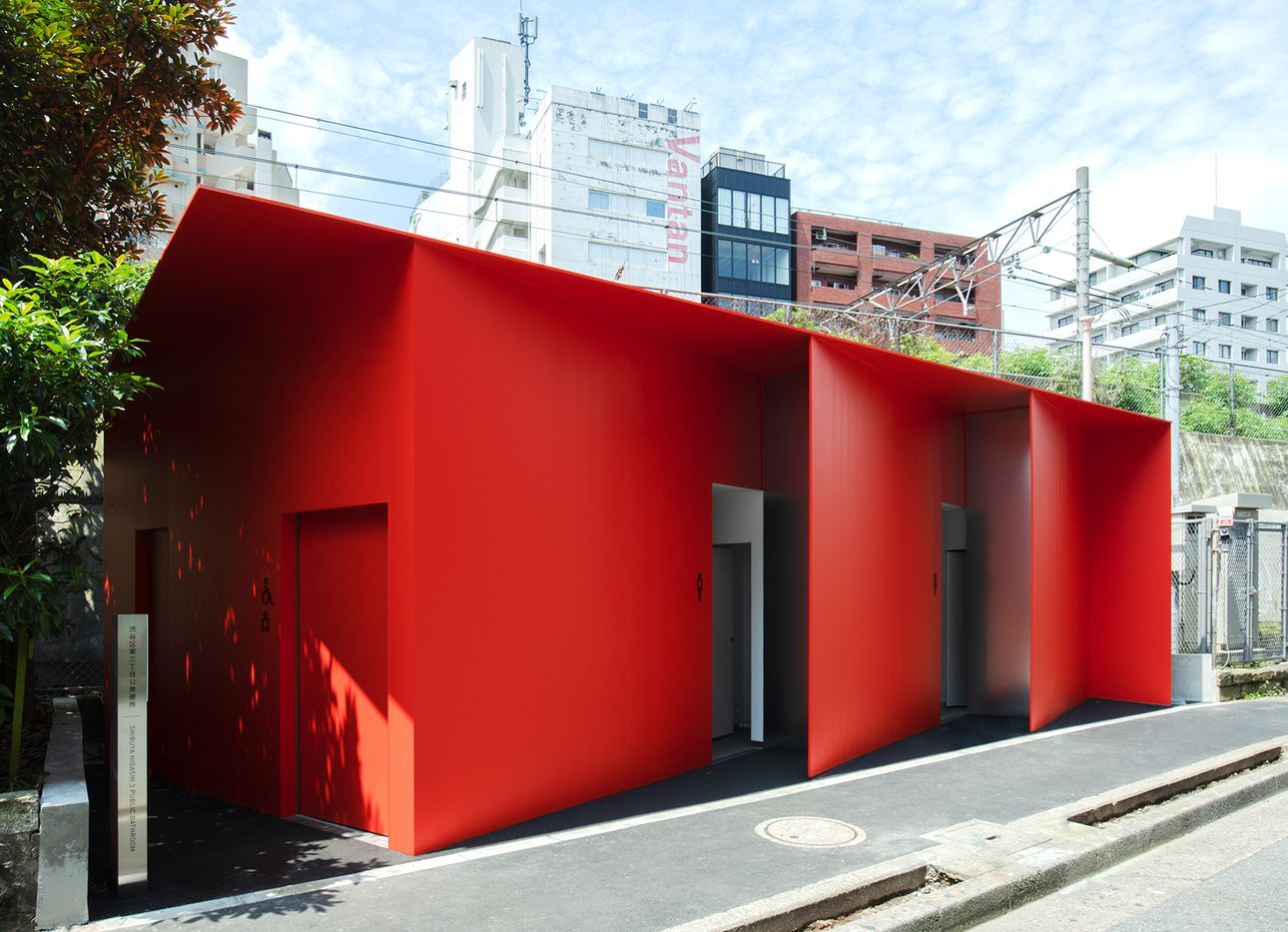
These Public Toilets in Tokyo Promote Good Design and Inclusivity
Japanese culture is known worldwide for its meticulous approach to hospitality—and, ahead of the 2020 Tokyo Olympics, the Nippon Foundation sought to extend this care and attention to visitors of the city’s many public urban spaces, including the loo. While the Games have since been postponed, the organization’s Tokyo Toilet project invited 16 world-class designers to rethink this humble, often overlooked, piece of public infrastructure.
“The bathroom is a place where we address physical needs universal to all mankind, regardless of age, sexual identity, nationality, religion, or skin color,” says New York–based designer Nao Tamura, who wondered, as she began her contribution to the project, “how a communal space like the public bathroom can evolve in order to effectively accommodate our infinitely diverse needs.” Inspired by origata—a traditional, highly precise method of decorative gift wrapping that utilizes a single sheet of paper—Tamura hopes her resulting design offers a gesture of beauty, respect, and purity to its users.
Artistic and efficient, the 17 bathroom stations put America’s neglected rest stops to shame. Tamura’s beautiful terminal could easily pass as the facade of a trendy café or gallery, featuring tomato-red walls that zigzag to maximize space on a tight, triangular lot of Tokyo’s bustling Shibuya district. As one of the few female designers on the project’s roster (which includes well-known virtuosos Tadao Ando, Toyo Ito, Kengo Kuma, Sou Fujimoto, and Marc Newson), Tamura hopes that, in addition to beauty, her bold color choice will serve to emphasize visibility, inclusion, and safety—concerns that are often top of mind for non-cisgender male, women, and differently abled users. “There’s a shortage of women represented in the product-design space, as well as architecture,” Tamura says. “This design represents my hope for a society where people from all walks of life feel safe and are able to thrive.”